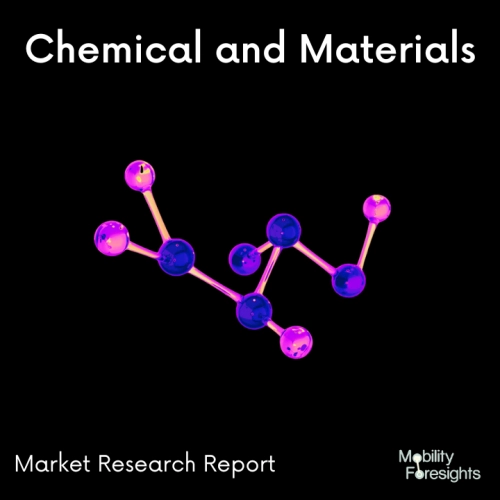
- Get in Touch with Us

Last Updated: Apr 25, 2025 | Study Period: 2024-2030
Flame-resistant textiles are constructed of fibres that naturally resist burning when exposed to flames. Whereas, flame-retardant fabrics have been chemically treated to make them resistant to fire, effectively extinguishing any flame that touches them.
The European flame retardant standard for contract draperies is M1 B1. It is used throughout Europe to make businesses aware that a fabric, and hence the curtain created from that fabric, is flame retardant and may be used safely in a commercial setting.
The following are the applicable fire-retardant fabric standards: The best practices for determining the ignitability of specific material combinations, such as the covers and fillings used in upholstered seats, or whole articles of seating, are outlined in BS 5852:2006.

The Europe flame retardant clothing market accounted for $XX Billion in 2023 and is anticipated to reach $XX Billion by 2030, registering a CAGR of XX% from 2024 to 2030.
Recent developments in phosphorus based flame retardant coatings for textiles: Synthesis, applications and performance. Textiles are dangerous in the event of a fire mishap because they have a high concentration of carbon and hydrogen in their structure, which serves as the fuel for burning.
For their use in applications requiring fire safety, textiles are frequently treated with an appropriate flame retardant (FR) substance.
Although there are several well-known, efficient FR systems presently available for textile applications, new, efficient, environmentally friendly FR agents and their treatments must be developed in order to satisfy current environmental and technological standards.
As a result, both academics and business have placed a lot of emphasis on developing novel flame retardant substances based on phosphorus for use in textile treatments.
The creation of FR compounds with phosphorus as a primary ingredient and their coating of different natural and man made fabrics.
This usually refers to increasing FR efficiency by the synergistic interaction of phosphorus with other flame-retardant substances that are acceptable to the environment, such as nitrogen, silicon, sulphur, and boron.
| Sl no | Topic |
| 1 | Market Segmentation |
| 2 | Scope of the report |
| 3 | Abbreviations |
| 4 | Research Methodology |
| 5 | Executive Summary |
| 6 | Introduction |
| 7 | Insights from Industry stakeholders |
| 8 | Cost breakdown of Product by sub-components and average profit margin |
| 9 | Disruptive innovation in the Industry |
| 10 | Technology trends in the Industry |
| 11 | Consumer trends in the industry |
| 12 | Recent Production Milestones |
| 13 | Component Manufacturing in US, EU and China |
| 14 | COVID-19 impact on overall market |
| 15 | COVID-19 impact on Production of components |
| 16 | COVID-19 impact on Point of sale |
| 17 | Market Segmentation, Dynamics and Forecast by Geography, 2024-2030 |
| 18 | Market Segmentation, Dynamics and Forecast by Product Type, 2024-2030 |
| 19 | Market Segmentation, Dynamics and Forecast by Application, 2024-2030 |
| 20 | Market Segmentation, Dynamics and Forecast by End use, 2024-2030 |
| 21 | Product installation rate by OEM, 2023 |
| 22 | Incline/Decline in Average B-2-B selling price in past 5 years |
| 23 | Competition from substitute products |
| 24 | Gross margin and average profitability of suppliers |
| 25 | New product development in past 12 months |
| 26 | M&A in past 12 months |
| 27 | Growth strategy of leading players |
| 28 | Market share of vendors, 2023 |
| 29 | Company Profiles |
| 30 | Unmet needs and opportunity for new suppliers |
| 31 | Conclusion |
| 32 | Appendix |